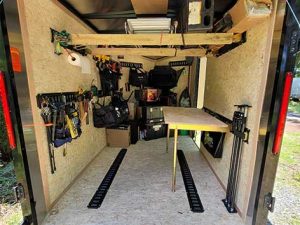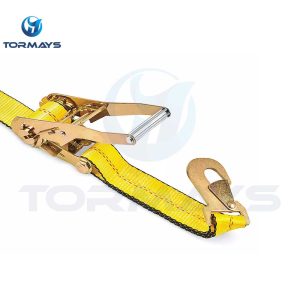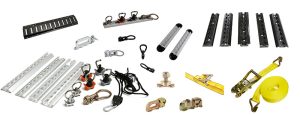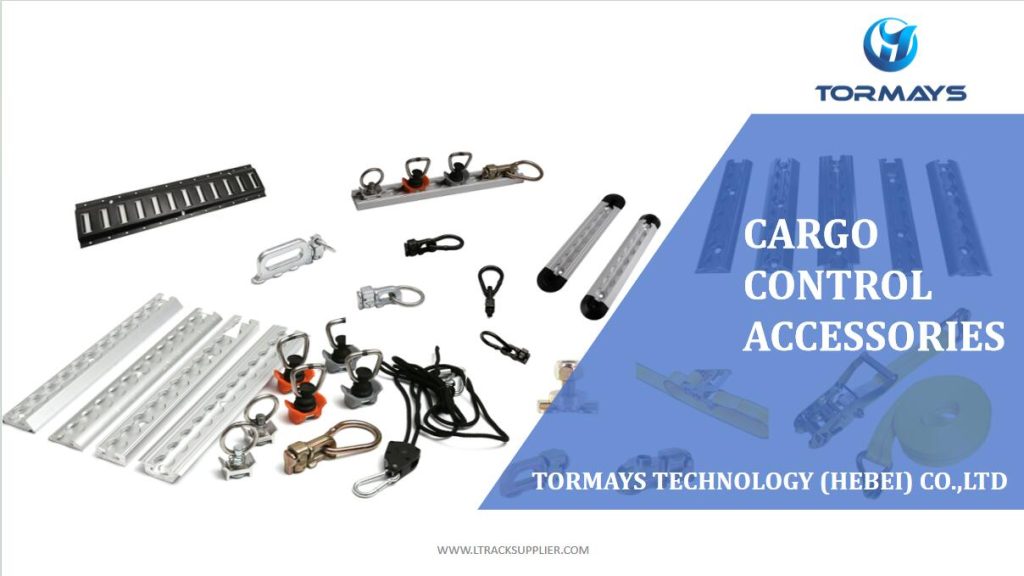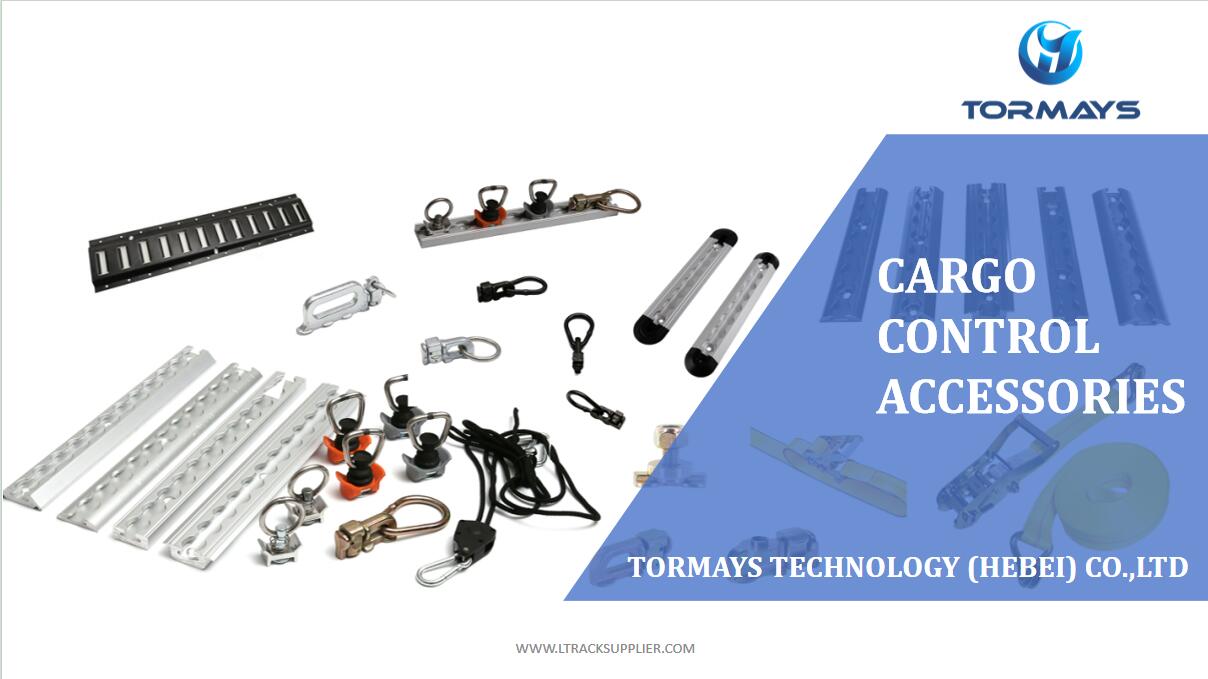
Accessibility is a top priority for people with mobility challenges, and a lightweight portable ramp offers a practical solution. These ramps are designed to be both easy to carry and sturdy enough to provide safe access to places that might otherwise be difficult to navigate. Whether you’re looking to overcome a small threshold or need assistance getting in and out of vehicles, a lightweight portable ramp can make life a lot easier.
In this blog, we’ll cover everything you need to know about lightweight portable ramps, from their benefits and common types to tips for choosing the best ramp for your needs.
Why You Need a Lightweight Portable Ramp
If you or someone you care for faces mobility challenges, you know how important it is to have tools that make everyday tasks simpler. A portable ramp is a convenient and affordable solution that provides instant access over steps, thresholds, or even into vehicles. Here’s why a lightweight ramp is a must-have:
1. Easy to Use
A lightweight portable ramp is incredibly easy to set up and use. No need for complicated installations—just unfold the ramp, set it in place, and it’s ready to go. The portability allows you to take it wherever you need it, whether it’s a quick outing or for use around the home. Folding ramps are especially handy because they can be easily stored and transported.
2. Durable and Strong
Although these ramps are lightweight, they are made from strong, durable materials such as aluminum ramps or fiberglass. Most can support heavy loads, making them suitable for both wheelchairs and mobility scooters. Despite their weight, they are sturdy and can hold capacities between 600 and 800 pounds, making them ideal for most users.
3. Great for Both Indoor and Outdoor Use
Lightweight portable ramps are versatile and can be used both indoors and outdoors. They are perfect for navigating small obstacles like door thresholds, small steps, or curbs. Many models also feature non-slip ramps surfaces, which provide extra safety, especially in wet conditions.
4. Travel-Friendly
One of the biggest benefits of a lightweight portable ramp is that it’s ideal for travel. If you need to visit a place that doesn’t have wheelchair accessibility, you can bring your ramp along. Many ramps are designed to fold or collapse into a compact size, making them easy to transport. If you use a telescoping ramp, for example, it’s easily adjustable and can extend to different lengths, depending on your needs.
5. Cost-Effective
Permanent ramps can be expensive to install, and they’re not always practical if you need a temporary or flexible solution. A lightweight portable ramp is a much more affordable option, especially if you need it for occasional use. Plus, the fact that you can use it in different settings makes it even more cost-effective.
Types of Lightweight Portable Ramps
There are several types of lightweight portable ramps, each designed for specific uses. Depending on where and how you plan to use the ramp, you’ll want to choose one that suits your needs best.
1. Folding Ramps
Folding ramps are one of the most popular types of portable mobility ramps. They are designed to fold in half, making them easy to carry and store when not in use. These ramps come in various lengths, so you can choose one based on the height of the obstacle you need to overcome. Folding ramps are great for general use around the home or when you need a ramp that you can take on the go.
2. Threshold Ramps
Threshold ramps are smaller ramps designed for overcoming small elevation changes like door thresholds, curbs, or raised entryways. They are usually made from aluminum or rubber and are ideal for indoor use. A threshold ramp is perfect for homes with small steps or when transitioning between rooms with slightly raised floors.
3. Telescoping Ramps
Telescoping ramps consist of two extendable tracks that can be adjusted to different lengths. These ramps are ideal for accessing vehicles or steps with varying heights. The telescoping feature allows for flexibility, and when not in use, they can be collapsed to a compact size. However, these ramps usually require a bit more setup than folding ramps, so they might not be ideal for all situations.
4. Modular Ramps
For users needing a more permanent but still removable solution, modular ramps are a good option. These ramps are made up of several parts that can be assembled and disassembled as needed. While they are heavier and bulkier than other types of lightweight ramps, they provide excellent durability and stability. Modular ramps are commonly used in settings that require more permanent accessibility solutions but don’t want the commitment of a fixed ramp installation.
Key Features to Look for in a Lightweight Portable Ramp
When choosing the right lightweight portable ramp, there are several features you should keep in mind to ensure it meets your needs:
1. Weight Capacity
It’s essential to check the weight capacity of the ramp to make sure it can handle the combined weight of the user and their mobility device (such as a wheelchair or scooter). Most portable ramps can support between 600 to 800 pounds, but if you need a higher capacity, there are heavy-duty ramps available.
2. Non-Slip Surface
Safety should always be a priority, especially in wet or slippery conditions. Look for ramps that come with a non-slip surface to provide extra traction. Many ramps have a textured surface or grooves to prevent wheels from slipping, making them safer to use.
3. Portability
The whole point of a portable ramp is that it’s easy to carry and store. When shopping, look for ramps with features like built-in handles, lightweight construction, and foldability. Aluminum ramps are particularly popular because they’re both light and durable, making them easy to transport without sacrificing strength.
4. Ramp Length and Slope
The length of your ramp will affect the slope or incline. A longer ramp will give you a gentler incline, which is safer and easier to navigate, especially for wheelchair users. However, longer ramps can also be bulkier. Be sure to consider the height of the obstacle and choose a ramp that provides the right balance of length and portability.
5. Ramp Width
Another important feature is the width of the ramp. You’ll need to ensure that the ramp is wide enough to accommodate the width of the wheelchair or scooter. Most portable ramps are at least 28 to 30 inches wide, which is sufficient for most users.
Common Uses for Lightweight Portable Ramps
Lightweight portable ramps are versatile tools that can be used in a variety of situations. Here are some common uses:
1. Home Accessibility
One of the primary uses of a lightweight portable ramp is to make your home more accessible. Whether you need to navigate a small step, raised entryway, or a door threshold, a ramp can make it easier for wheelchair users to move around the home.
2. Vehicle Access
A portable ramp can be a great solution for helping someone get in and out of a vehicle. This is especially useful for vans, SUVs, or other higher-profile vehicles. Simply unfold the ramp and set it up at the vehicle door, making the transition much smoother.
3. Public Spaces
For wheelchair users or people with limited mobility, going out to public events, parks, or outdoor spaces can be a challenge due to uneven terrain or steps. A portable access ramp can help ensure smoother navigation in public areas that might not have proper wheelchair access.
4. Loading Heavy Items
A portable ramp isn’t just for people with disabilities. They’re also useful for loading heavy items into vehicles or onto raised platforms. Whether you’re moving furniture, equipment, or even lawnmowers, a portable loading ramp makes the process safer and easier.
Tips for Maintaining Your Lightweight Portable Ramp
To get the most out of your ramp, it’s important to maintain it properly. Here are a few tips:
1. Keep It Clean
Regularly clean your ramp to prevent dirt or debris from building up on the surface. This can help maintain traction and extend the life of the ramp. Use water or a mild detergent for cleaning.
2. Inspect for Damage
Check your ramp for any signs of wear and tear, such as cracks, rust, or bends. If you notice any damage, it’s important to repair or replace the ramp to ensure safety.
3. Store Properly
When not in use, store your ramp in a dry place to prevent rust or corrosion, especially if it’s made of aluminum or metal. Folding ramps should be stored in a way that prevents them from warping.
Conclusion
A lightweight portable ramp offers an affordable, convenient solution for overcoming everyday barriers, whether at home, on the go, or in public spaces. By choosing a ramp that’s portable, durable, and safe, you can improve accessibility for yourself or your loved ones. Whether you’re looking for a folding ramp, a threshold ramp, or a telescoping ramp, there are plenty of options available to suit your specific needs.
By considering factors like weight capacity, portability, and the non-slip surface, you’ll find the perfect ramp that enhances mobility and quality of life. With the right care and maintenance, your ramp will be a reliable tool for years to come.

